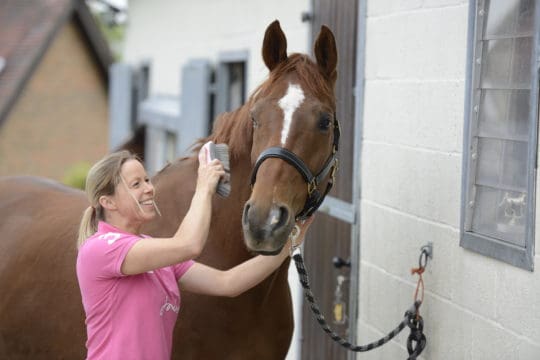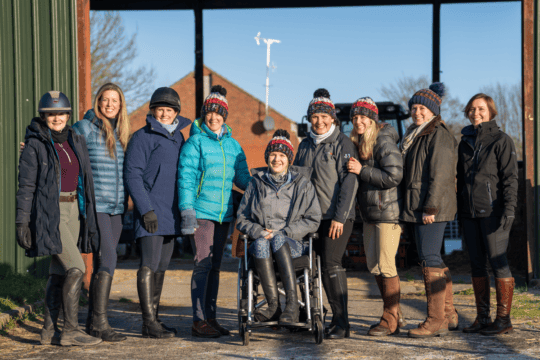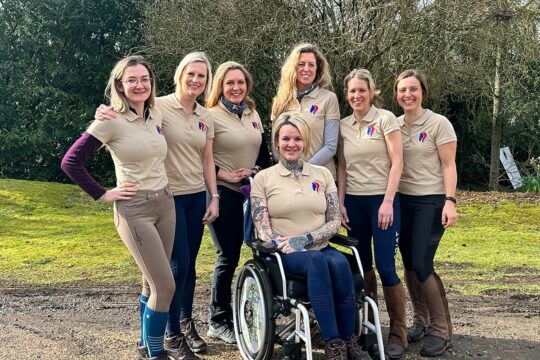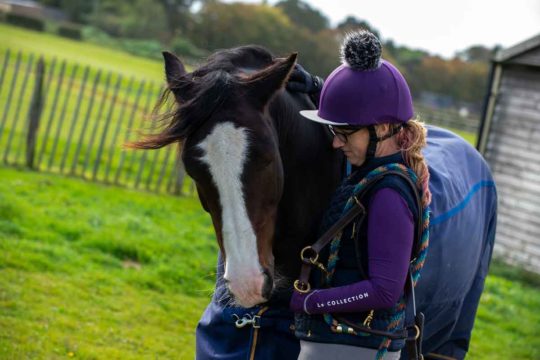
Most Read Articles
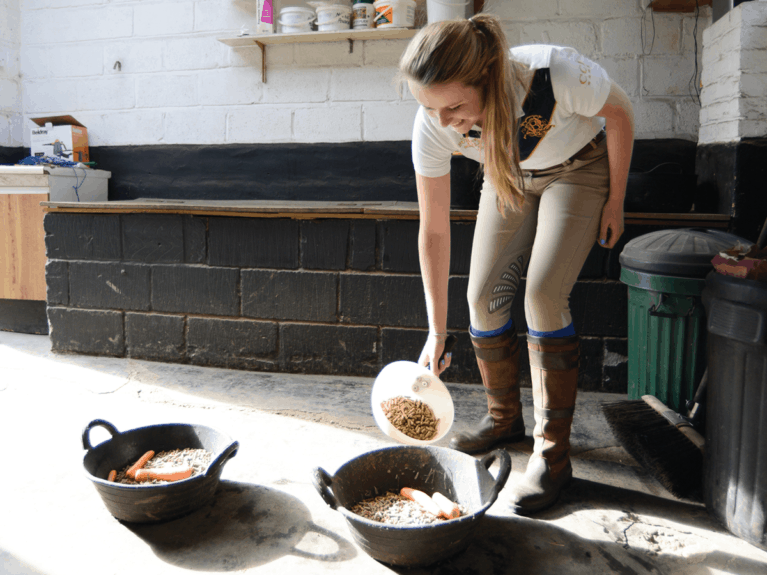
It’s BETA Feed Awareness Week (27 March – 4 April 2021) and it’s time to brush up on some of the top feeding rules every owner should be aware of
Eat to live or live to eat? We can be reasonably confident that most horses’ agendas lean more towards the former. It’s something horses do day in day out – or, rather, they should if you’ve got your management regime right – and there’s little else that motivates many of them better than a lush sprig of grass or the rattle of a feed scoop. But how confident are you that your feeding regime is doing everything it should for your horse? Routinely assessing what you’re giving him through his bowl, pasture and haynet is the only way to make sure you’re doing your best by him – but if you’re not 100% sure on the best practices, you’ll never be able to make the best choices. Why not use BETA Feed Awareness Week (27 March – 4 April 2021) to give your feeding routine a thorough spring clean and make sure your horse’s ration is working best for him? Some of the leading feed companies have teamed up with BETA to help you make more informed decisions about your horse’s diet…
1. By the book
Ever wondered if the feed or supplement you’re giving your horse will really help him as it’s designed to? While it might feel difficult to know for certain, there are laws surrounding feeds that mean a company can’t simply create claims out of nowhere. Popular supplement and horse care company, NAF, explains more: “Under UK and EU law (Reg 767/2009) all feed, which includes feed supplements, are closely controlled for what can and can’t be said. All claims must be legal and substantiated – and references to diseases, treatments, medical terms or making medical changes are prohibited.
“Manufacturers may run trials to prove efficacy of their feeds, but – other than a few exceptional cases – if trials are deemed ‘medical’ they can’t be marketed alongside the product, even if peer reviewed and published. The general rule is that feed, including supplements, can maintain health, but can’t make any medical change. This explains why most manufacturers’ research goes unseen by the general public, but rest assured all quality manufacturers commit to research behind the scenes.”
2. Gut feelings
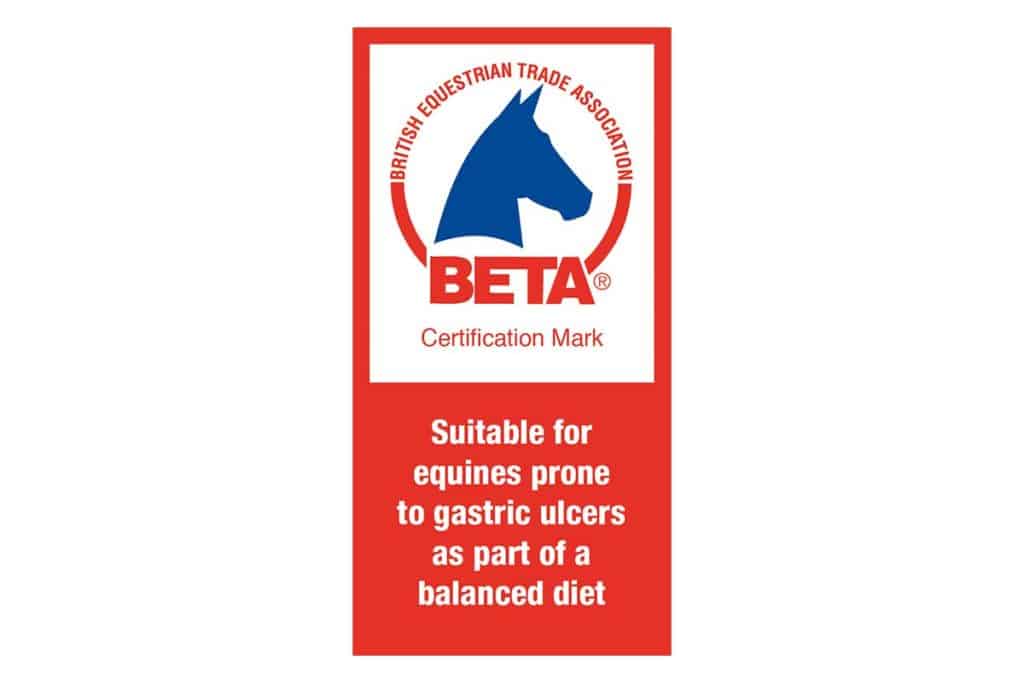
Equine gastric ulcer syndrome (EGUS) is a condition that was once thought to only affect racehorses, however it’s becoming increasingly clear that it affects a wide range of breeds and types of horse. While we know that correct nutritional management can help promote a healthy digestive system, what else can you look out for?
Enter the BETA feed assurance scheme. All you need to do is look out for the assurance mark on a feed bag and you can rest assured that the product has undergone rigorous scrutiny in line with BETA and the Veterinary Medicines Directorate (VMD). While these feeds won’t treat or prevent EGUS, they’re designed as suitable feeds if you’re at all concerned about your horse developing the condition.
3. A weighty subject
Many companies will let you know the weight a typical Stubbs scoop will hold, but it’s important you check for yourself before introducing a new bucket feed – and remember that densities can vary enormously between different types! Dodson & Horrell explains more: “Although we tend to measure our feed out in scoops, you should always calculate your horse’s requirements by weight, not volume. This is because a scoop of fibre (alfalfa, for example) weighs less than a scoop of muesli, which then weighs less than a scoop of cubes. Weigh out appropriate containers or bowls with the different feeds you use, putting markers to indicate various weights. Use level rather than heaped scoops, which can vary. Then, write the weights of each feed on your feed chart. You only need to do this once.”
4. A quick look at ancestry
When it comes to your horse’s diet, it’s always best to take as many of your cues as possible from nature. In the wild, horses spend around 16 hours of their day grazing – this means that not only should your horse be given ad-lib forage (either fresh or dried), in an ideal world, he should be able to eat this allocation from the ground. Better still, if your turnout supports it, allowing your horse to get all of his roughage portion while grazing means that he’ll be constantly on the move – horses in the wild can cover up to 12km or more per day, so the better you replicate this level of activity, the more limber your horse is going to feel in the long run.
5. Do your homework
You might have poured hours into studying the nutritional labels of the various bucket feeds on the market, but how much thought have you given to the nutritional value of your horse’s hay or haylage? We’d wager considerably less, and you could be short-changing or over-supplying your horse’s diet as a consequence. The main nutrient you should be thinking about? Sugar – and it’s not as easy to source low-sugar options as you might think. Dengie Horse Feeds debunks a popular myth, and hits with a hard truth the discerning owner really ought to take on board: “Feeding older hay doesn’t necessarily mean it’s lower in sugar. The sugar level of hay is determined by the types of grass the hay is made from, the environmental conditions during growth, the time of harvest, but certainly not the length of time it has been stored for. The only way to know how much sugar a hay contains is to get it tested.”
6. What’s in his bowl?
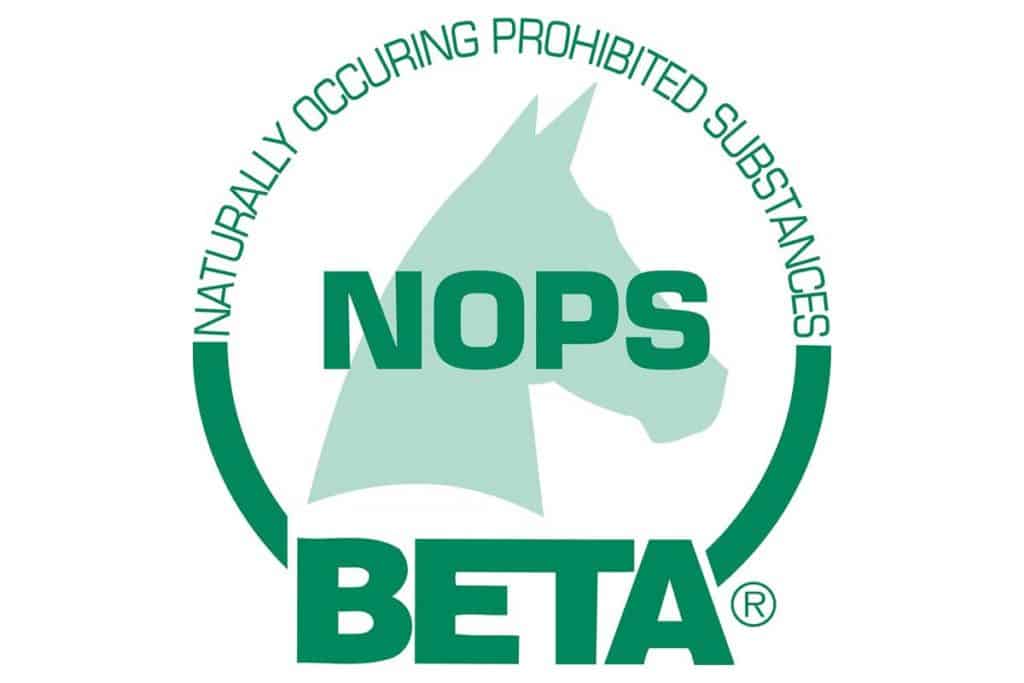
Have you ever given much thought to the manufacturing process of your horse’s feed? A lot happens to it from field to field bucket, and there’s a chance it could become contaminated with substances that could harm your horse or disqualify him from competitions. This is why, in 2009, BETA established its naturally occurring prohibited substance (NOPS) scheme. It’s a voluntary programme that means involved companies pledge to evaluate the risk of NOPS contamination through every stage of the manufacturing process, keeping their customers’ horses safe.
The main NOPS and their sources are…
• Caffeine (cacao)
• Theobromine (cacao)
• Theophylline (tea)

